Lesson Three – Report Research
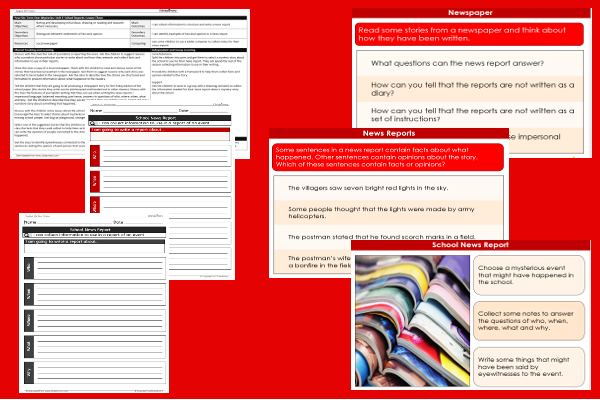
This English teaching pack for Key Stage Two gets the children to collect and record information and facts to use in a news report describing a mysterious event that could have happened in the school.
The class can select some eyewitness comments that might have been spoken by different people involved in the event that can be reported on in a news report.
Download this teaching pack including a lesson plan, classroom activities and an interactive presentation to collect and record information and facts to use in a news report describing a mysterious event that could have happened in the school
Activities in this teaching pack include a template to collect and record information to answer the questions of when, where, who, what and why to use in a news report describing a mysterious event that could have happened in the school.
The interactive presentation gets the children to explore how to record information to use in a news report describing a mysterious event that could have happened in the school.
This lesson is part of an English scheme of work to get the children to research and write a news report using journalistic writing containing fact and opinion about a mysterious school event, learn rules for adding suffixes beginning with vowel letters to words ending in fer and use more complex punctuation marks to write sentences. There are teaching activities for shared learning, differentiated worksheets to support independent learning and interactive presentations to introduce concepts and key skills.
-
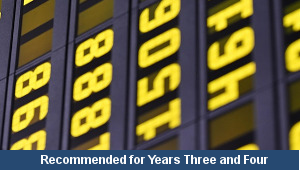
Rounding Hundreds
Explain and model how to round some different numbers to the nearest hundred based on the place values of the digits in each number
-
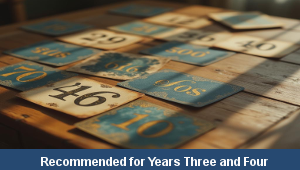
Rounding Tens
Identify and record how to round some different numbers to the nearest ten based on the place values of the digits in each number
-
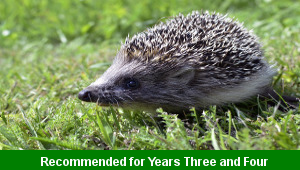
Classic Animal Stories
Investigate the structure and content of classic works of fiction by significant authors with animals as the main characters
-
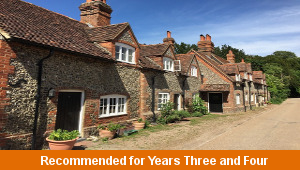
Cities, Towns and Villages
Research and present the history of a range of different buildings and people that are part of the local community using a school exhibition
